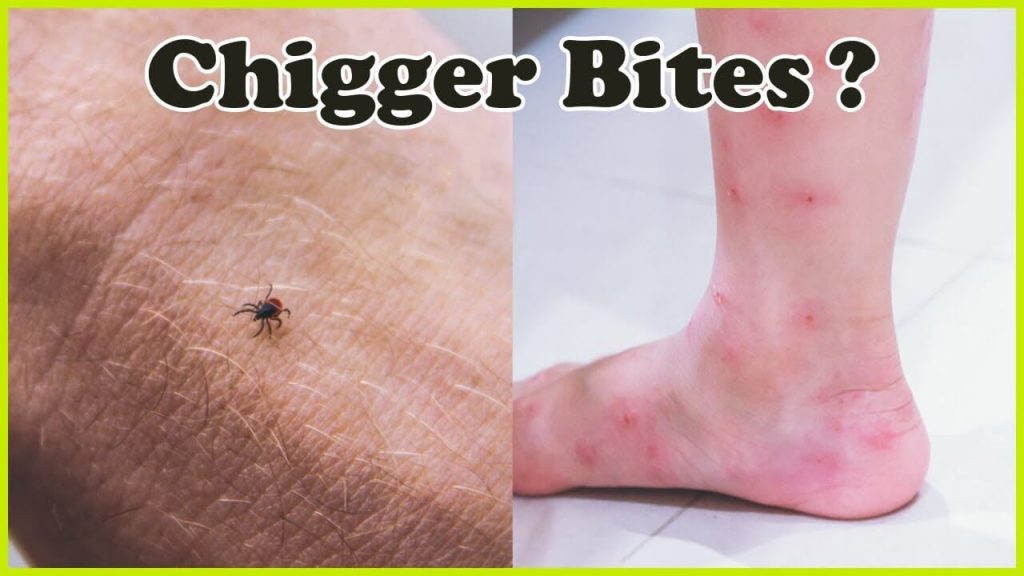When faced with the discomfort and distress caused by jiggers, it is essential to understand the best methods for their removal. These tiny parasites can create significant health issues if not addressed promptly and effectively. In this guide, we will explore the most efficient strategies for jigger removal, providing insights into prevention and treatment options. By understanding the nature of jiggers and the best of jiggers removal techniques, individuals can reclaim their comfort and health.
Jiggers, also known as sand fleas or Tunga penetrans, are tiny insects that burrow into the skin, causing painful sores and infections. They are a common problem in many tropical regions, particularly in Africa and South America. Awareness of the best of jiggers removal methods is critical for those living in or visiting these areas. This article will detail the various approaches to eliminating jiggers effectively, ensuring that the affected individuals can find relief and avoid future infestations.
The impact of jiggers can be severe, leading to secondary infections and even disability if left untreated. Therefore, understanding the best of jiggers removal is not just about addressing the immediate problem but also about ensuring long-term health and well-being. In the following sections, we will delve into the various treatment options, preventive measures, and additional resources that can help manage and eliminate jigger infestations.
What Are Jiggers and How Do They Affect You?
Jiggers are a type of flea that primarily resides in sandy soil. They are particularly prevalent in regions with poor sanitation and hygiene. Once they penetrate the skin, they can cause a range of health issues, including:
- Intense itching and discomfort
- Inflammation and swelling
- Secondary infections
- Potential disabilities if untreated
What is the Best of Jiggers Removal Techniques?
Effective jigger removal involves several key techniques. Here are some of the best methods for removing jiggers:
- Manual Extraction: This involves carefully removing the jigger with sterilized tweezers or needles.
- Topical Treatments: Applying antiseptic creams can help soothe the area and prevent infection.
- Medical Intervention: In severe cases, seeking medical attention may be necessary for professional removal and treatment.
- Home Remedies: Natural remedies like neem oil and tea tree oil have shown effectiveness in repelling and treating jigger infestations.
Are Home Remedies Effective for Jiggers Removal?
Home remedies can be effective in alleviating the symptoms of jigger infestations. Some popular options include:
- Neem Oil: Known for its insecticidal properties, neem oil can help repel jiggers.
- Tea Tree Oil: This essential oil has antifungal and antibacterial properties, making it useful for treating jigger bites.
- Aloe Vera: The soothing properties of aloe vera can aid in healing the skin after jigger removal.
What Precautions Can Be Taken to Prevent Jigger Infestation?
Preventing jigger infestations is crucial, especially in endemic areas. Here are some essential precautions:
- Wear Protective Footwear: Closed shoes can help prevent jiggers from burrowing into the skin.
- Maintain Good Hygiene: Regular bathing and cleaning of feet can reduce the risk of jigger infestation.
- Keep Living Areas Clean: Reducing clutter and maintaining cleanliness can deter jiggers.
What Are the Signs of Jigger Infestation?
Recognizing the signs of jigger infestation is essential for prompt treatment. Common indicators include:
- Intense itching or irritation in the affected area
- Visible sores or blisters
- Redness and swelling surrounding the bite
- In severe cases, the presence of pus or infection
Who is Most at Risk for Jigger Infestation?
Certain populations are more susceptible to jigger infestations, including:
- Individuals living in rural or impoverished areas
- Children playing in sandy environments
- People with compromised immune systems
What is the Impact of Jigger Infestation on Daily Life?
The impact of jigger infestations can significantly affect quality of life. Individuals may experience:
- Physical discomfort and pain
- Emotional distress due to embarrassment or stigma
- Difficulty performing daily tasks
What Are the Best Practices for Post-Removal Care?
After successfully removing jiggers, it is vital to follow best practices for care:
- Clean the Area: Gently wash the affected area with soap and water.
- Apply Antiseptic: Use an antiseptic ointment to prevent infection.
- Monitor for Signs of Infection: Keep an eye on the area for any signs of worsening symptoms.
Conclusion: Embracing the Best of Jiggers Removal
In conclusion, understanding the best of jiggers removal methods is essential for anyone at risk of infestation. By employing effective techniques, utilizing preventive measures, and maintaining proper hygiene, individuals can protect themselves from the discomfort and health risks associated with jiggers. Whether opting for home remedies or seeking professional medical intervention, taking swift action can lead to a successful resolution of jigger infestations.
By being informed and proactive, we can all contribute to a healthier and jigger-free life.
Discovering The Life Of Archie Renaux's Wife: A Journey Of Love And Partnership
Heartfelt Loss: The Tragic Passing Of The Property Brothers' Brother
Exploring The Wealth Of An Icon: Joan Collins Net Worth


